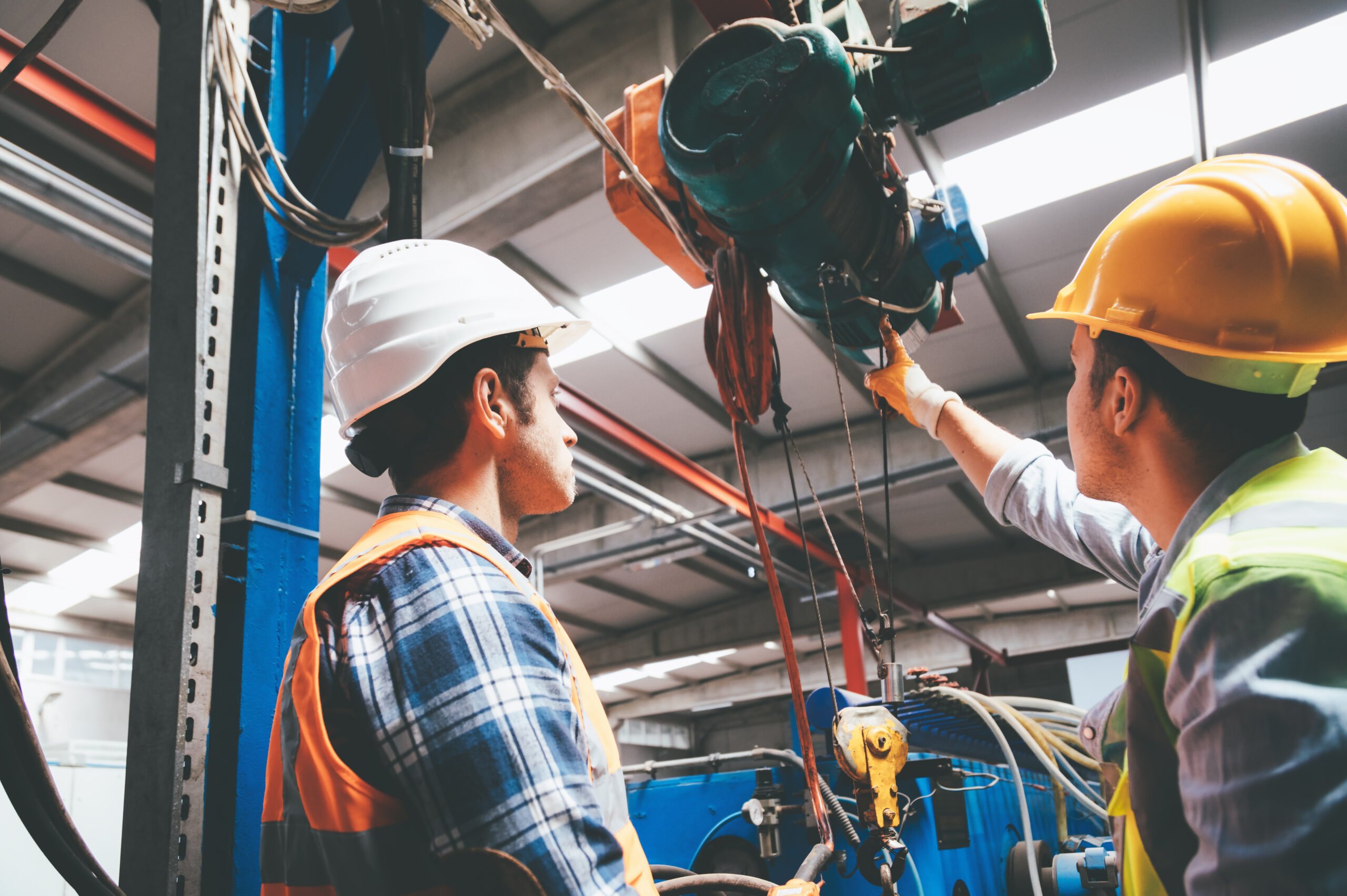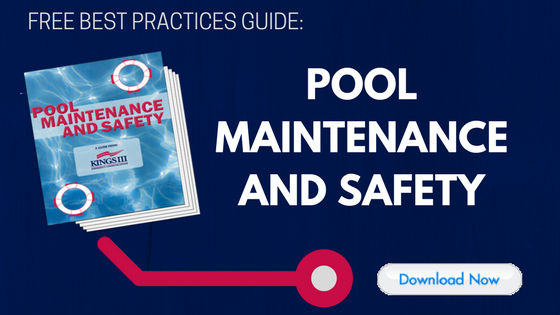BLOG CATEGORIES
How To Detect Structural Damage in Public Pools

Public pool safety involves many different aspects, one of which being to keep a regular eye on pool maintenance and how it affects your pool’s condition. Learn what to look out for when it comes to your pool’s structure in order to avoid safety mishaps.
Property managers who oversee pools already know that this amenity does not come cheap. Just the installation itself can cost often cost $20,000 or more, consuming an average of about 15,000 to 30,000 gallons of expensive water. This is what makes special attention to your property’s pool so important- if you don’t keep a careful eye on your pool’s structural condition, your investment can go down the drain. Keep this checklist handy as you protect your pool against structural damage, both expected and unexpected:
Find out how to improve safety and reduce costs at your property
Our best-in-class emergency phone + monitoring solutions provide peace of mind and are backed by decades of expertise
Learn More
2022 ELLIES WINNER
Best Supplier -
Communication System
Download our free comprehensive guide on pool maintenance and safety >>
Don’t dismiss even the tiniest leak.
A small leak of a fraction of an inch can wind up eroding concrete. This can cause a chain reaction of damage that fans out from the leak itself. Ignore it, and it may lead to having to replace the entire pool. Be sure to have a professional assess the situation.
Check your pipes for corrosion.
The pipes that connect to your pool are not as waterproof as you may think. Look for corrosion on a regular basis — if you detect it, you may have to replace the pipes or expect a suddenly large water bill.
Check the soil around the pool.
If the grounds near your pool are wet, or even damp or slightly soggy, it could mean that you have an underground pipe leak. Getting this fixed immediately will not only save your pool, but your soil as well. Otherwise, the soil erodes as the leak continues. A leak can also drown your grass and even shift the entire foundation of your landscape. Let’s face it: none of your residents want to sit in mud.
Perform a dye test.
Although not a definitive test for leaks, it could reveal what you have been suspecting all along. You can order leak-testing dye syringes online. Release a steady stream of dye into the area where you think there may be a leak. If dye is pulled out of the pool, then that definitely signifies a leak. On the other hand if the dye continues to float and stays together as a mass, then your leak may be coming from somewhere else. Remember to keep the water as still as possible during this test.
Note the circumstances surrounding any leaks.
Does the pool only leak when the equipment is on or off? The leaking could be coming from your filter pump, waste line or backwash line. Check the ground around the equipment for moisture. Look for dripping or spraying water around the pump and hose. Make sure any pipes or hoses are tightly and properly connected. Remember that a pool’s water level should always cover the filter system. If the water level sinks below the filter level, it can cause the system to overheat or shut down altogether.
Check the pool’s chemical balance.
A leak will offset the pH levels in your water that are vital for hygiene. If your water is leaking, it’s taking chlorine with it, resulting in dirty water or algae in your pool. In addition, the chlorine that escapes may harm your grass, soil or plants.
Make sure the skimmer is assembled tightly.
A skimmer — the section of the pool that sucks in debris — must never be loose. Check the skimmer daily and make sure that it remains assembled tightly. Reattach if needed. A loose skimmer can lead to leaks.
Don’t confuse a pool leak with water evaporation.
Sometimes pool water evaporation is just that, and nothing more. In most cases, this is merely due to environmental conditions or geographic location. Direct sunlight and even crosswinds — or if you use a pool cover at night — can affect water evaporation. Keep a record of the rate of your water loss per day (in inches) and check in with a pool technician.
Take the bucket test.
Place an empty five-gallon bucket on the second step of your pool. Fill the bucket with water that matches the pool’s water level. Mark this level on the inside of the bucket with a piece of duct tape or a marker. Leave it there for 24 hours. If the water level in both the bucket and the pool go down, that’s simple evaporation. If the water level in the pool goes down but the bucket’s water level remains the same, you may be witnessing a pool leak.
Consider hiring a professional.
Pool leaks can be difficult to find. Google your local pool leak detection specialists, who will use specialized knowledge and tools along with the latest technology to find the leaks that you may miss.
Test your emergency pool phone regularly.
Let your residents help you be on the lookout for leaks. An emergency phone can help you stop a problem in its tracks, and it can also help keep your residents safe in the event of unsafe pool conditions brought about by structural damages or any other emergency on the property. An effective emergency phone system will also keep you code compliant, as pool phones are required by law in many states.
Keeping an eye out for leaks adds to the quality of life for your tenants. For more pool management tips, check out our top 5 pool safety and maintenance resources. To learn more about how Kings III can increase pool and overall property safety, visit www.kingsiii.com.
CATEGORIES TAGGED
ELEVATORS
PROPERTY SAFETY
CATEGORIES
KEEP LEARNING

8 Women Who Shaped the Future of Emergency Response & Dispatch
This Women’s History Month, Kings III is honoring the women who have paved the way in emergency response and dispatch. From breaking barriers in EMS to pioneering advancements in emergency communication, these trailblazers have helped shape the way lifesaving services operate today. See eight influential women whose contributions continue to impact the field and inspire future generations.

Honoring Black Pioneers: 7 Influential Figures in Emergency Communications & Response
This Black History Month, Kings III is honoring Black men and women who served as pioneers in the fields of emergency dispatch and emergency response. See 7 influential trailblazers who broke barriers, advanced life-saving technologies, and shaped the way emergency services operate today.

How Recent Spikes in Copper Theft Threaten Your Emergency Communication & What You Can Do About It
Rising copper theft is putting emergency communication systems at risk, leading to potential service outages. Without a reliable backup, property managers may face compliance issues and safety concerns. Learn more about the threat and how a cellular solution can help protect your property.

Is Your Hotel’s Emergency Communication System Up to Code?
Hotel emergency communication systems must meet strict safety and compliance standards, but are yours up to code? From elevator phones to pool and parking lot emergency call systems, we break down key requirements and how to ensure your property stays compliant.

Kings III & Wurtec Partner to Improve the Emergency Communication Market of Elevator Video Messaging Systems
Kings III Emergency Communications partners with Wurtec to enhance elevator video messaging systems, addressing new code requirements for two-way displays and video monitoring. The collaboration combines Kings III's emergency response expertise with Wurtec's industry solutions to provide streamlined, compliant elevator safety communications nationwide.

Kings III Makes Dallas Morning News’ ‘Top 100 Places to Work’ List, Marking 5th Consecutive Award
We're honored to be recognized by our employees and The Dallas Morning News by making the daily newspaper’s Top 100 Places to Work list for the 5th year in a row, falling in at 32nd in the midsize companies category.

Updated Elevator Code: Who are my Authorized Personnel?
Confused about who qualifies as "authorized personnel" under the new ASME 17.1 elevator code? Learn why the same authorized staff must monitor all emergency communications—audio, video, and messaging—and why split monitoring solutions won't meet compliance requirements for your building's safety system.

2024 Brings Increased Adoption of Codes Requiring Video and Two-Way Messaging for Elevator Communications
As 2024 progresses, the adoption of safety codes mandating video and two-way messaging capabilities for elevator communications is gaining momentum across the United States.

What an Emergency Dispatcher will Most Likely Ask You
When suddenly faced with an emergency, you may immediately feel frightened and helpless. An emergency communications system can help reduce or eliminate those reactions by providing immediate assistance. Here's what you can expect on the other side of a call you place from an emergency phone.





